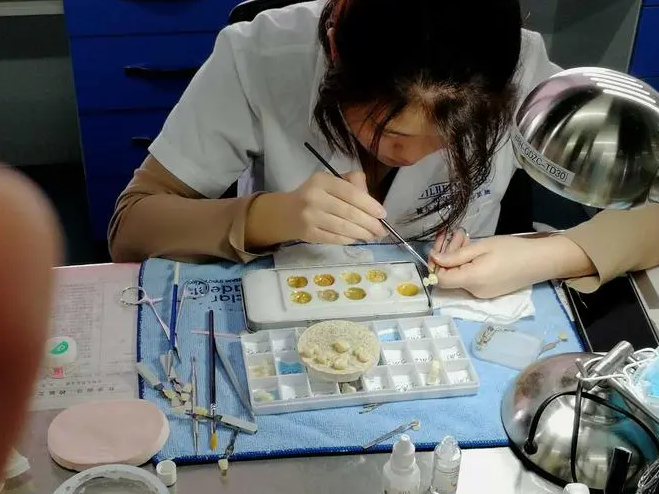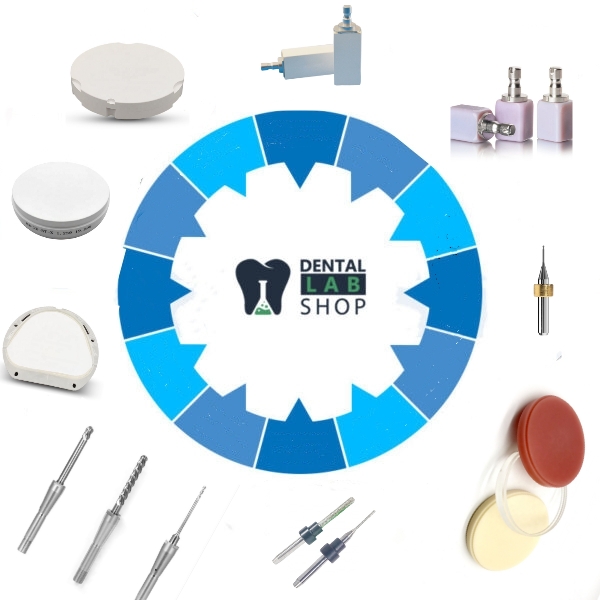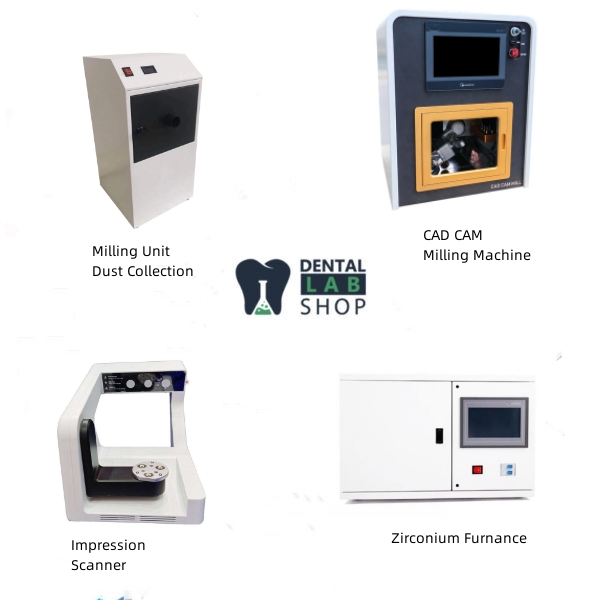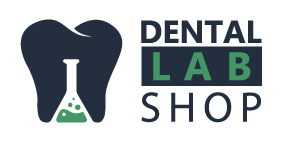Blog
“Mastering the Art of the Perfect Smile: Inside the Techniques Used by Professional Dental Labs”

Trends in Dental Lab Services and Latest Technologies
The dental industry has experienced a massive shift over the past decade, with increased competition and innovation leading to an increased demand for high-quality dental lab services and products. The advent of 3D dentistry printing technology, improved laboratory equipment and materials, and a greater focus on digital dentistry have all contributed to the development of new and better ways to provide dental services.
As 3D printing technology has become more widely adopted, dental laboratories are now able to produce high-precision appliances in a fraction of the time and cost it would take to do so manually. This technology also allows for the creation of customized dental appliances such as implants, crowns, bridges, and dentures. For patients, this can mean faster and more precise treatment at a lower cost.
Digital dentistry, which uses computer-aided design and manufacturing (CAD/CAM) systems to make dental prostheses, is also becoming increasingly popular. This technology enables laboratories to create precise dental prostheses with minimal human intervention. This not only reduces the cost of manufacturing the prostheses but also helps improve the accuracy, consistency, and precision of the results.
When it comes to dental laboratories, advanced digital materials like zirconia blocks, acetal PMMA blocks, titanium blocks, and PEEK blocks are all essential components. These materials have unique properties that make them perfect for a variety of dental lab procedures, from fabricating crowns and bridges to implants and abutments. In addition, milling tools are also necessary for the efficient production of custom dental prostheses.

Advanced digital materials can help to create stronger, more durable restorations, while milling tools provide even more precision and accuracy. Additionally, digital materials help to improve workflow, as they require little to no manual labor and can be completed quickly. Overall, digital materials and milling tools are essential components of any successful dental lab and can lead to better patient outcomes.
Laboratories are now also taking advantage of advanced materials such as above mentioned porcelain and ceramics. These materials provide a more natural look and feel while being more durable and resistant to wear. This allows for the creation of stronger, longer-lasting dental prostheses that are better able to withstand the test of time.
Overall, the dental industry is continuing to evolve and the combination of new technologies, improved materials, and better processes is helping to create a more efficient and cost-effective system for providing dental care. As the demand for better quality services continues to rise, laboratories must stay ahead of the curve in order to remain competitive in the industry.
Professional Dental Lab Techniques for a Perfect Smile
Having a perfect smile is important to many people, and professional dental lab techniques can help achieve this goal. Professional dental lab technicians use a variety of tools and methods to create custom dental lab products that meet each patient’s needs and aesthetic goals. From custom-molded crowns and bridges to dentures and veneers, the dental lab technician’s job is to ensure the patient’s smile looks its best.
With the latest technology and techniques, dental labs can produce restorations that look and function just like natural teeth. Here are some professional dental lab techniques for achieving a perfect smile:

- Digital impressions: Digital impressions are an excellent alternative to traditional impressions. Using a scanner, a 3D model of the patient’s teeth is created, which is much more accurate and efficient than traditional impressions.
- CAD/CAM technology: CAD/CAM technology is used to design and fabricate restorations, such as crowns and bridges, with precision and accuracy. CAD/CAM technology allows for the customization of the restoration to match the patient’s unique needs.
- Shade matching: Shade matching is an essential aspect of producing natural-looking restorations. Dental labs use a shade guide to determine the appropriate shade for the restoration, which can be challenging to get right. Many labs use specialized lighting to ensure the best match.
- Layering: Dental labs can use a layering technique to create restorations that mimic the natural appearance of teeth. Different materials are used to create the different layers of the restoration, resulting in a more natural and lifelike appearance.
- Quality control: Dental labs must have a rigorous quality control process in place to ensure that all restorations meet high standards. The process should include inspections, tests, and documentation to track the restoration’s progress from start to finish.
- Communication: Communication between the dental lab and the dental office is critical for ensuring that the restoration meets the patient’s needs. The dental lab should provide the dental office with regular updates and work collaboratively to ensure the best possible outcome.
In conclusion, a perfect smile is achievable through the use of professional dental lab techniques. Digital impressions, CAD/CAM technology, shade matching, layering, quality control, and communication are all essential aspects of producing high-quality dental restorations. By working with a trusted dental lab that employs these techniques, patients can achieve a natural-looking and functional smile that will last for years to come.
